|
Biospeleology Photographs | |
|
Biospeleology is the study of cave biology and its many aspects, such as ecology, taxonomy, biogeography, genetics, evolution, behavior, microbiology, environmental studies, and others. Scientists classify animals and insects found in caves according to how much of their life-cycles they spend in the total darkness of a cave or other underground environments.
|
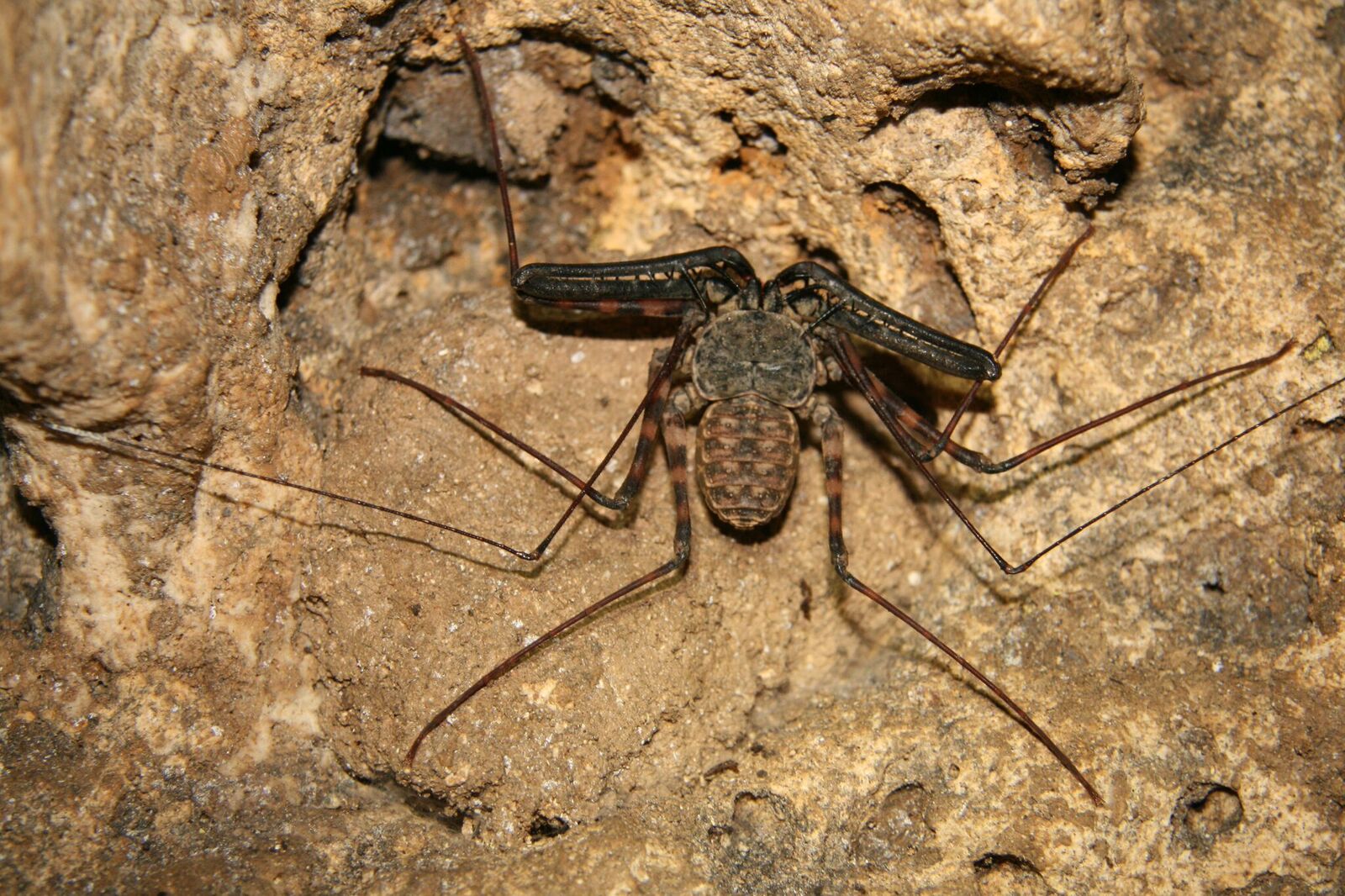
Amblypigid |
 Blind Catfish |
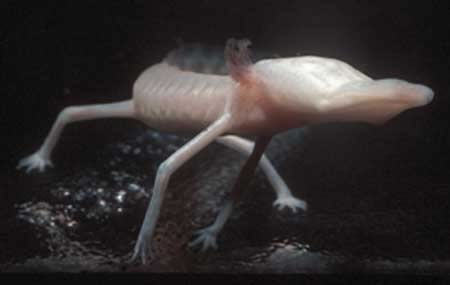 Blind Salamander |

Cave spider with babies, taken in Coahuila | Photo by Jean Krejca |
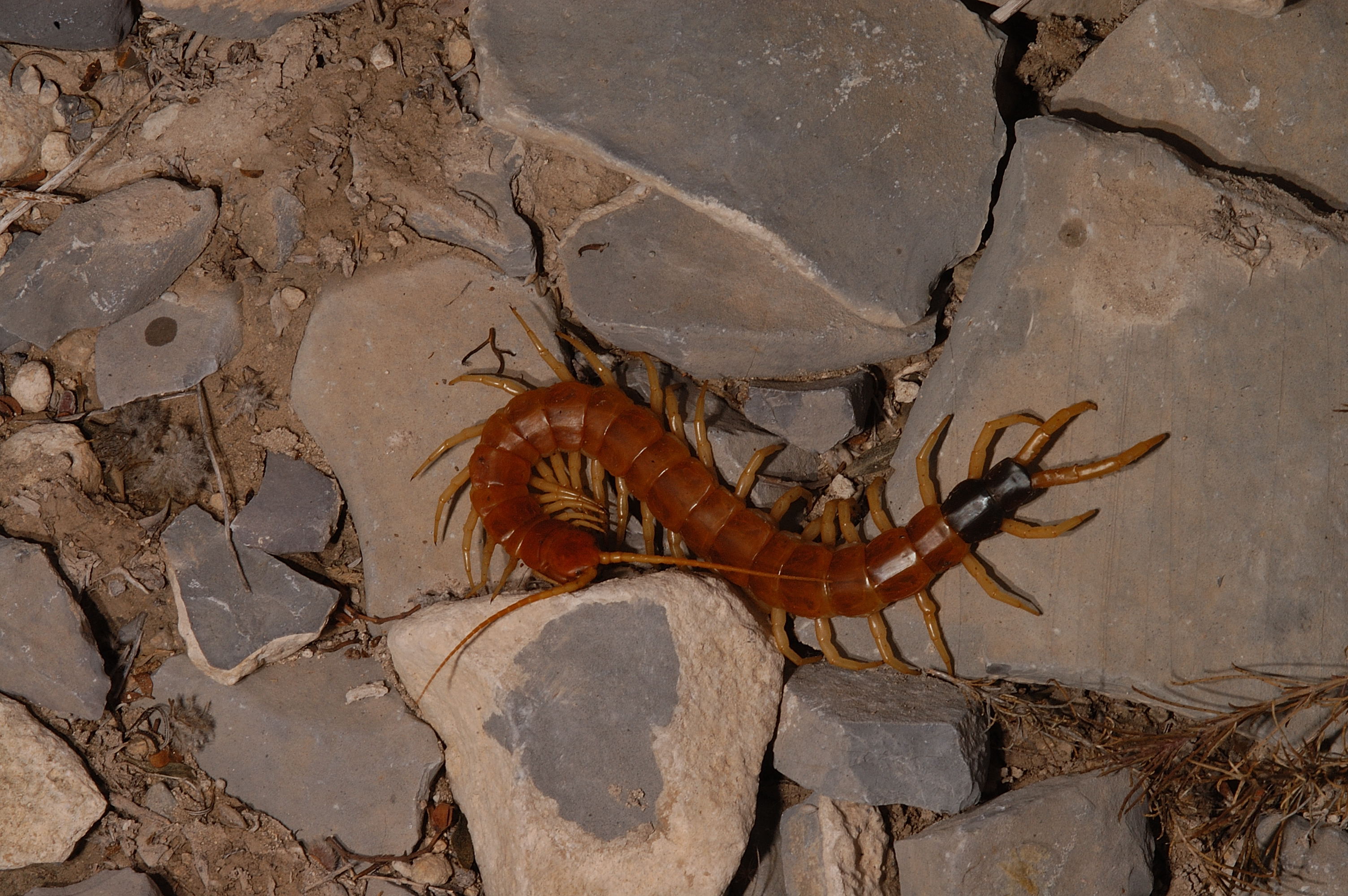
Scolopendra heros | Photo by Jim Kennedy |
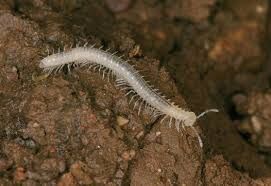 Millipede |
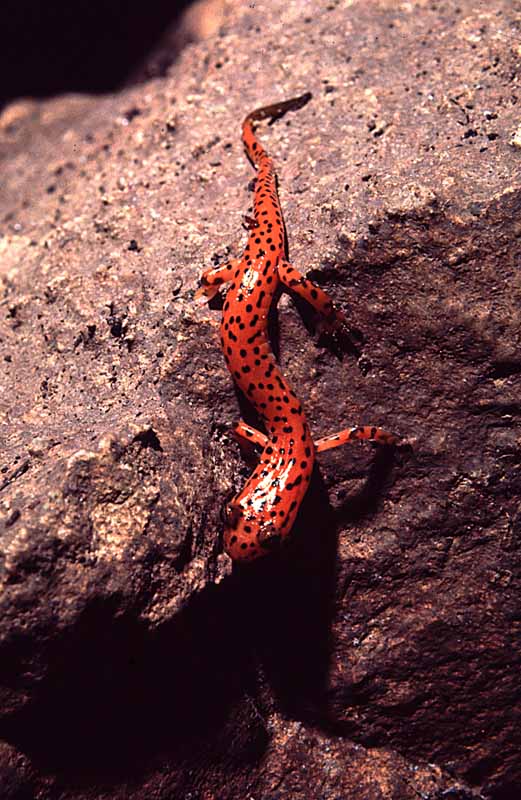
Salamander in Davis Pit, AR | Photo: Carl Kunath |
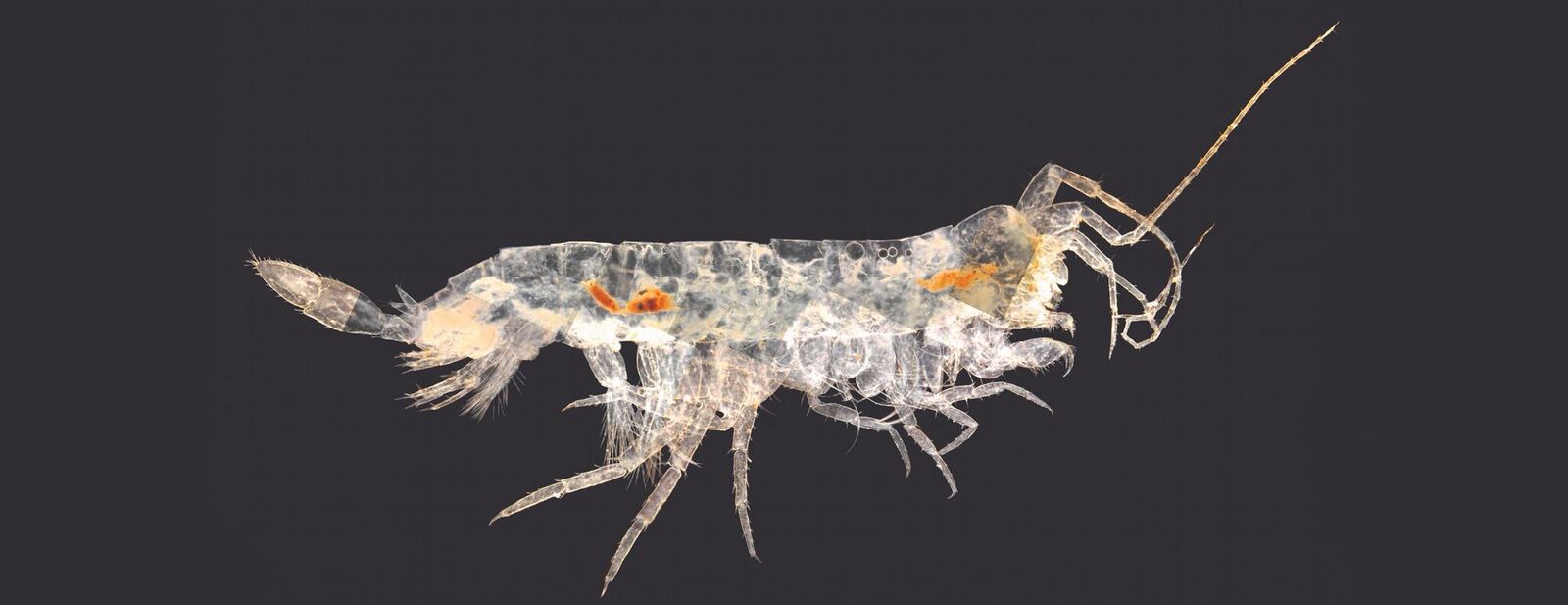
some type of Stygobromus |
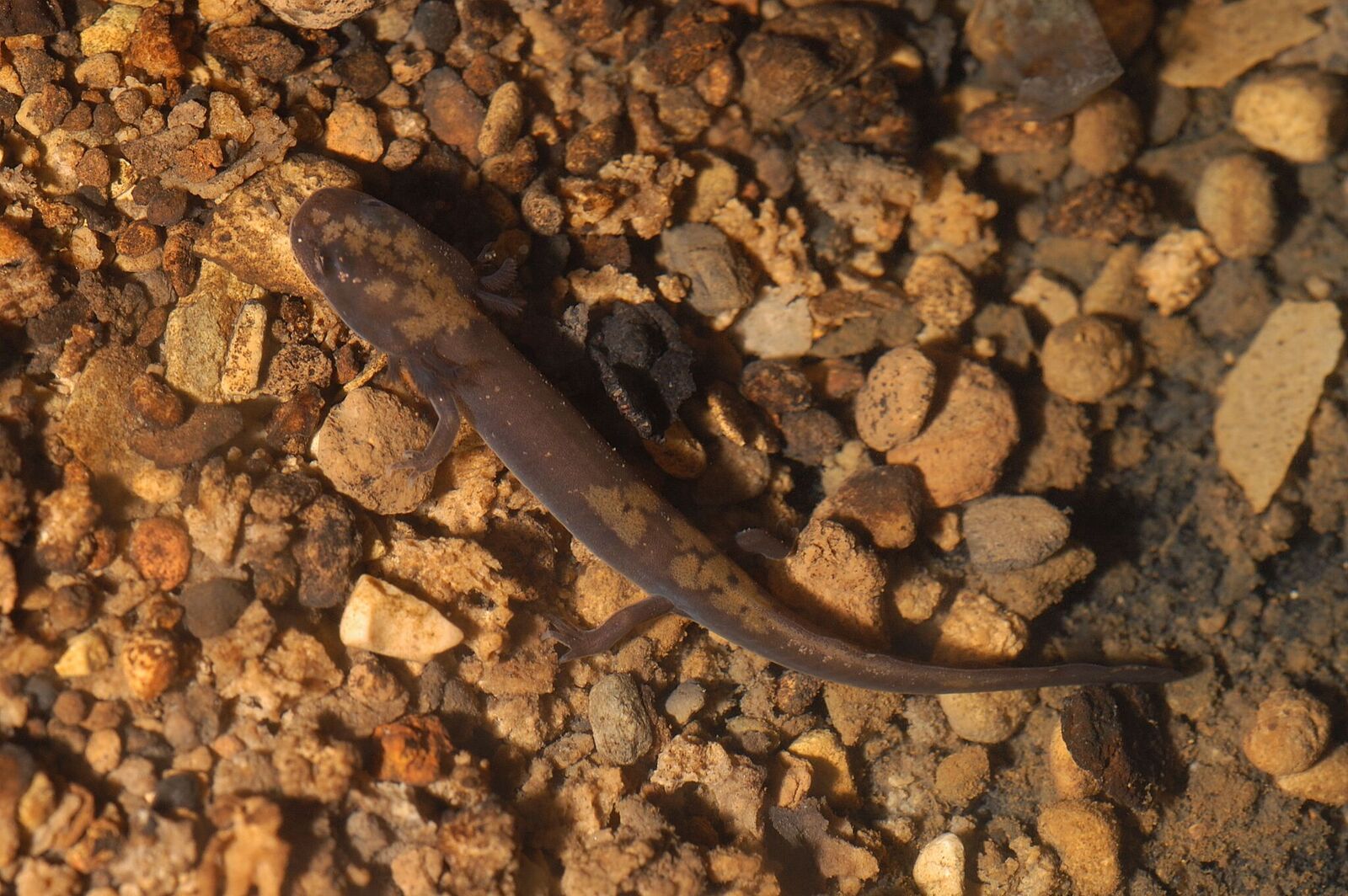
Eurycea |
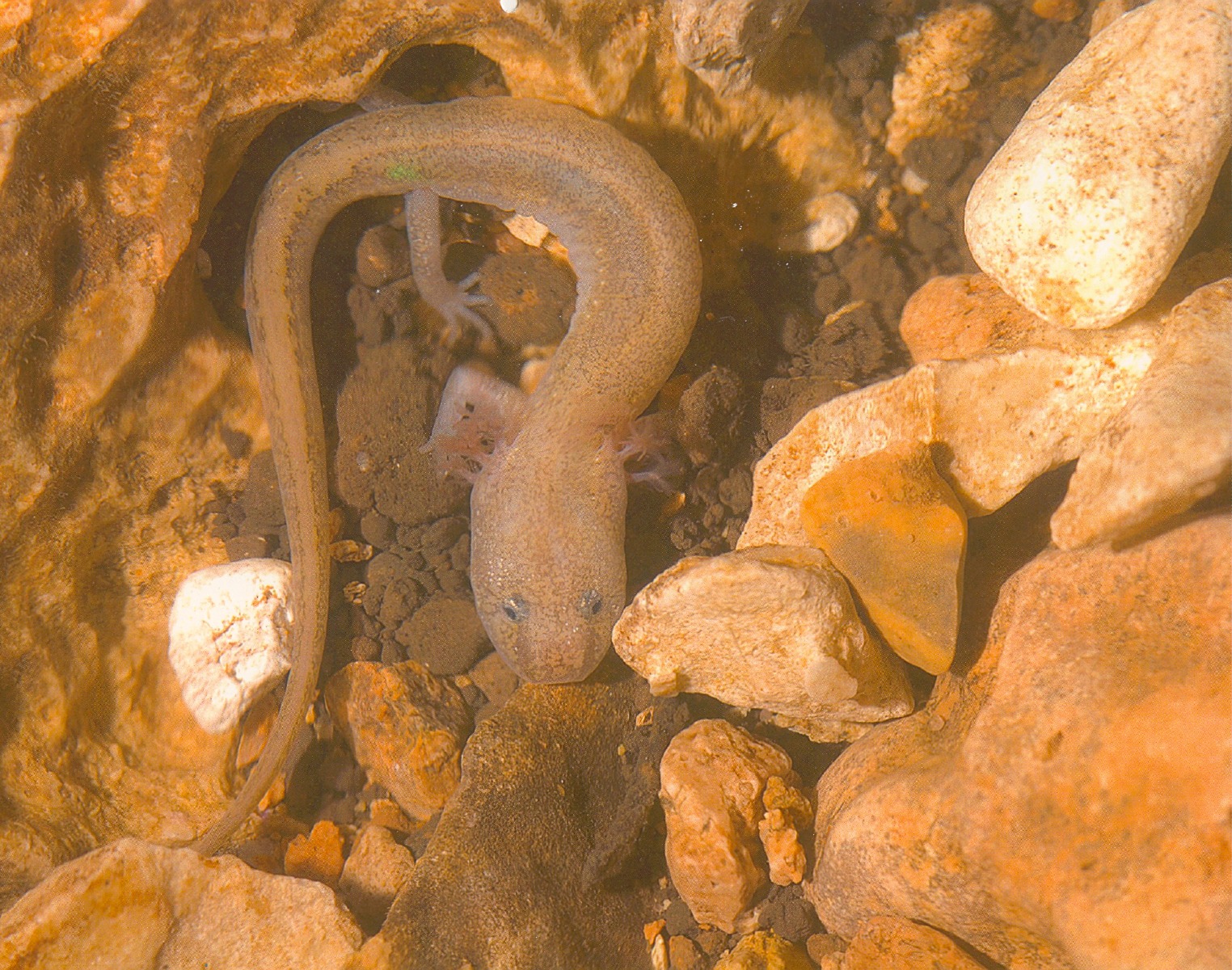
Eurycea tonkawe | Photo: Jean Krecjea |
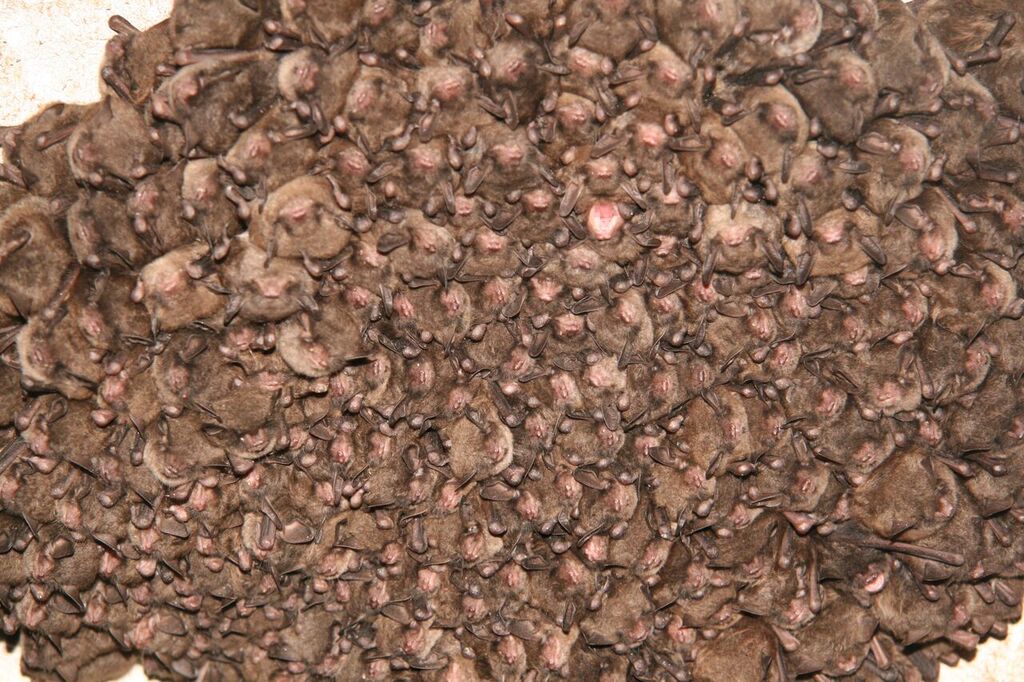
Indiana bats, Myotis sodalis | Photo by Merlin Tuttle |
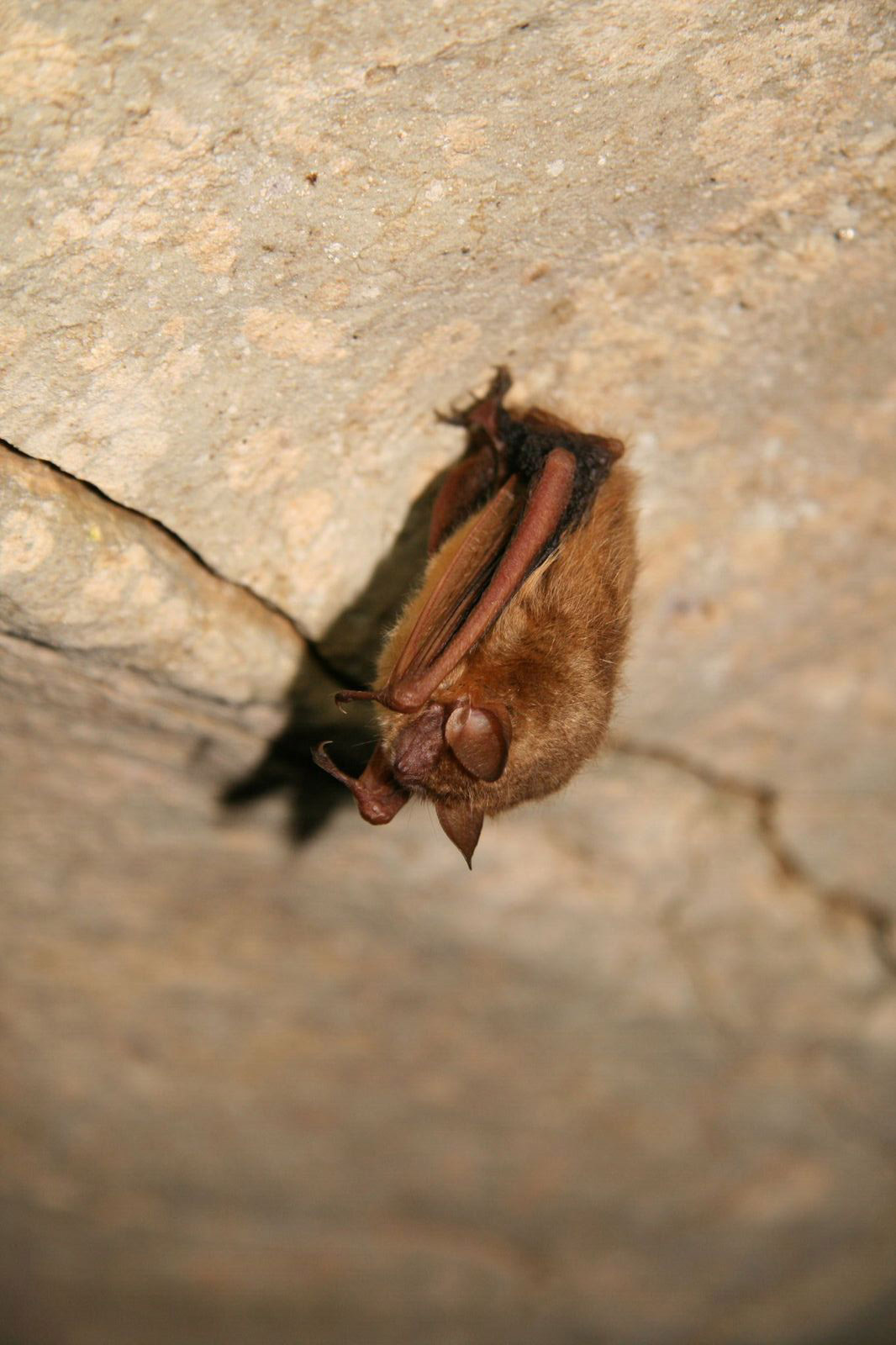
Tri-colored bat, Perimyotis subflavus | Photo: Jim Kennedy |
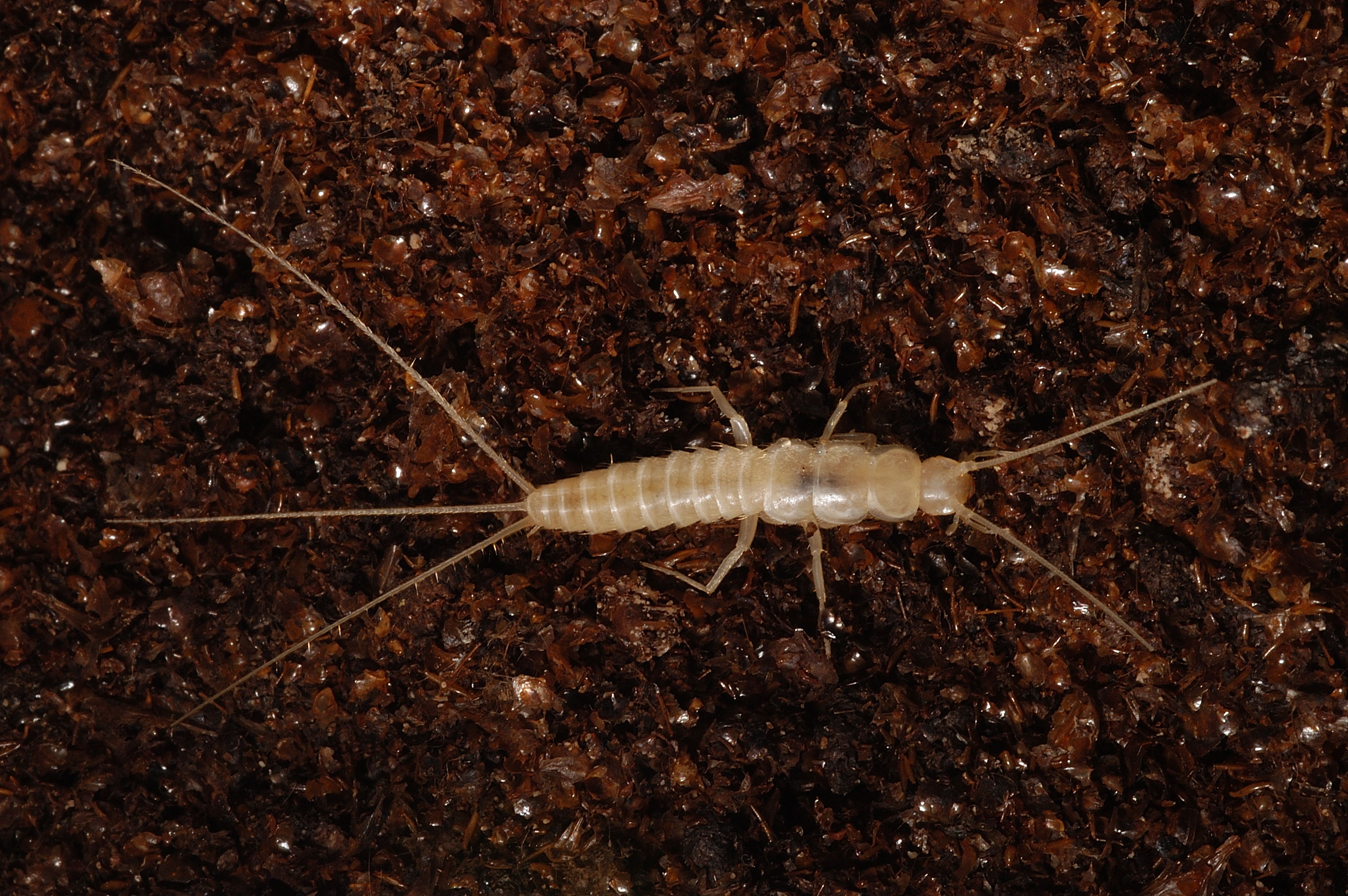 Texoreddellia sp., a cave silverfish, (family Nicoletiidae) | Photo: Jean Krecja |
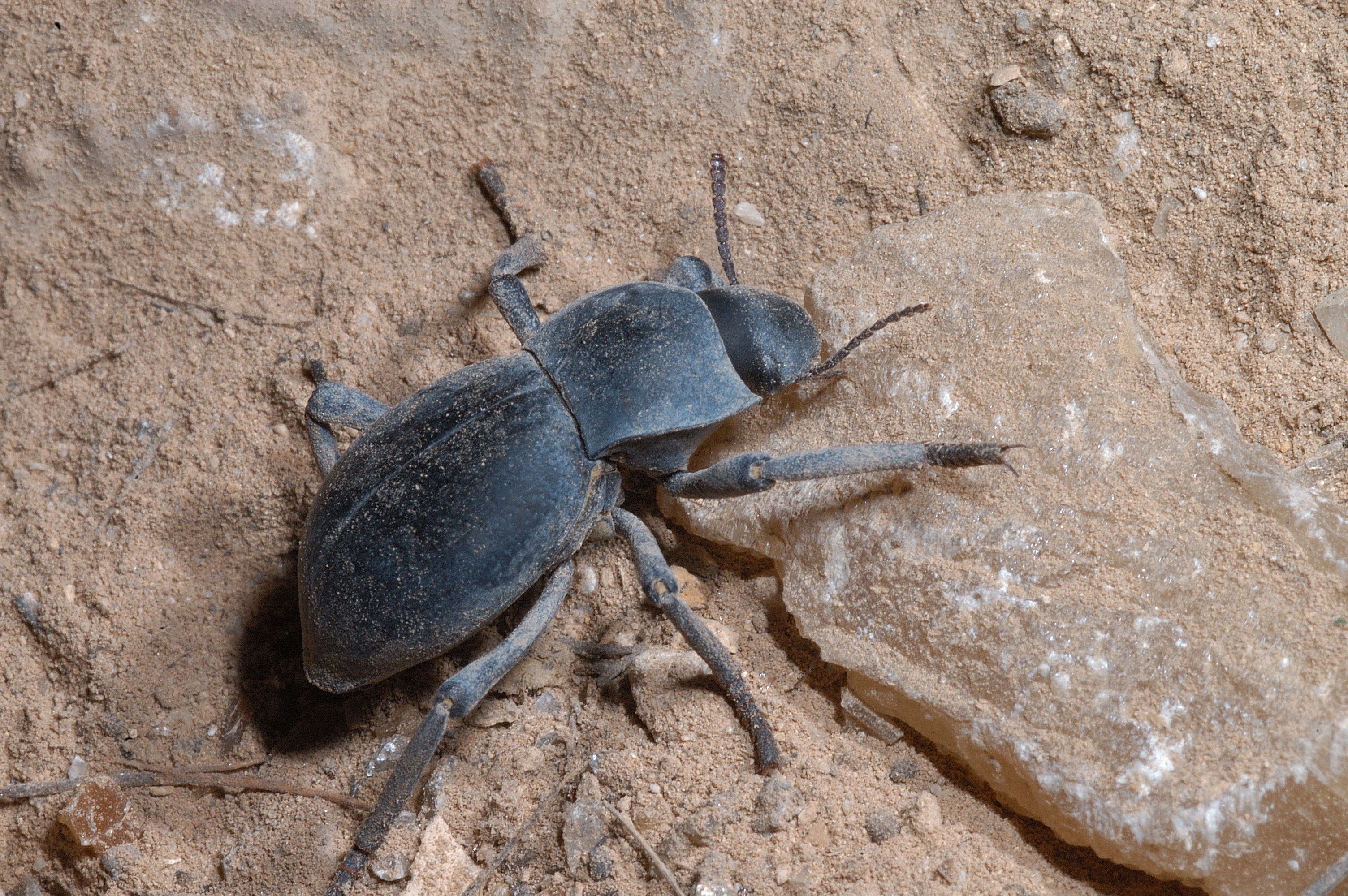 A Darkling beetle (family Tenebrionidae) from a Texas cave | Photo: Jean Krejca |
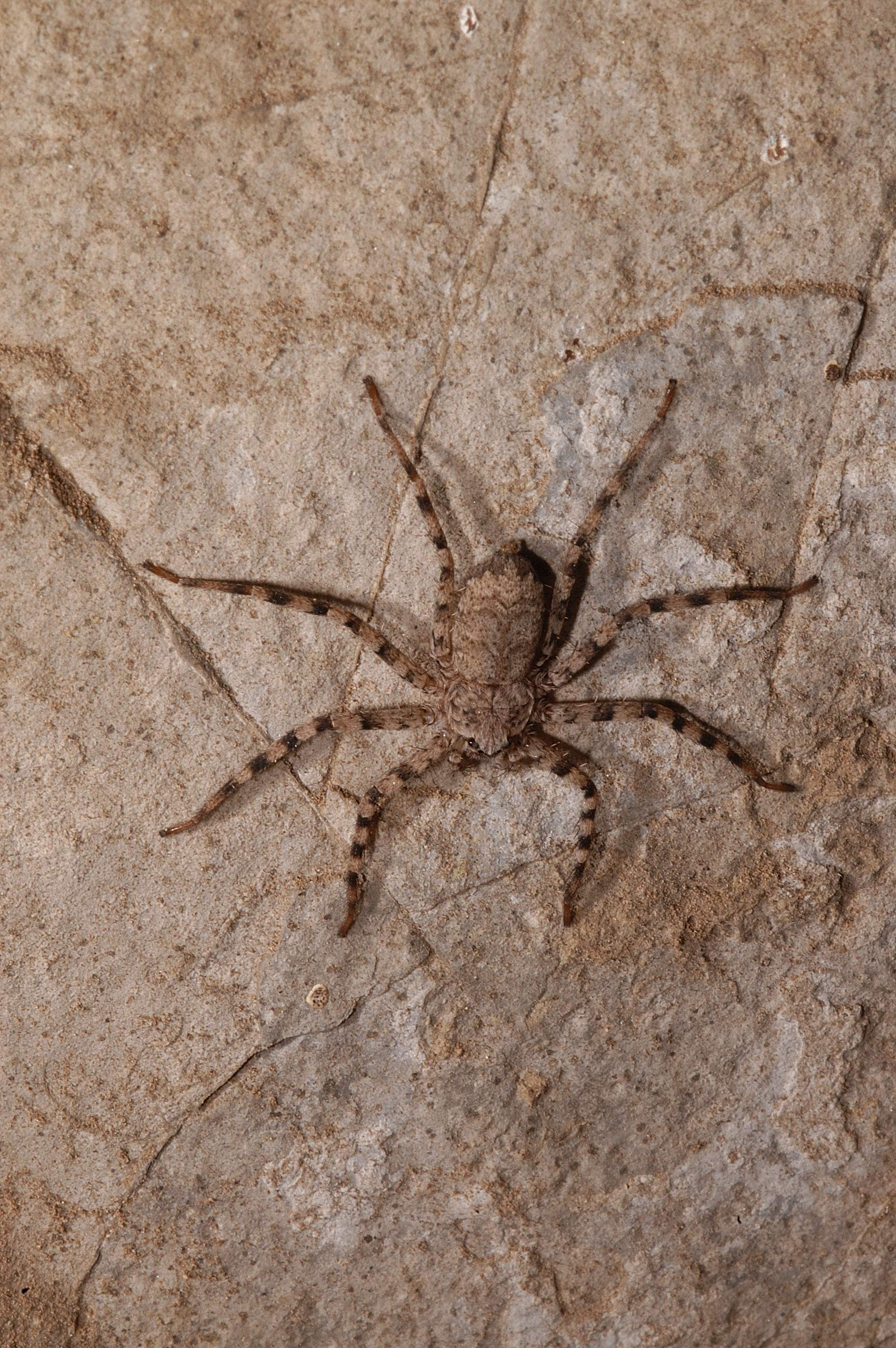 Spider in a Mexican Cave | Photo: Jean Krejca |
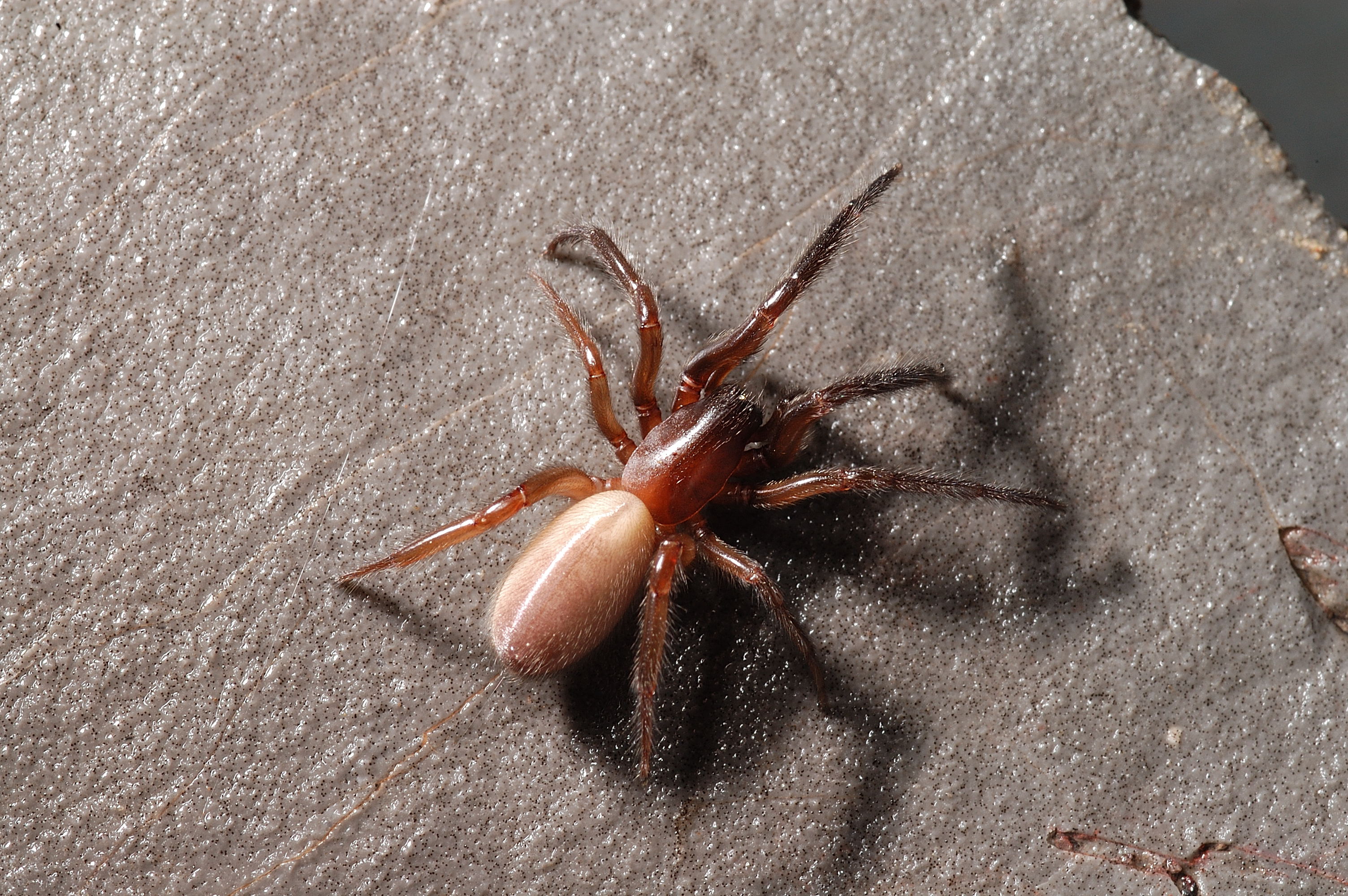 Circurina sp. | Photo: Jean Krejca |
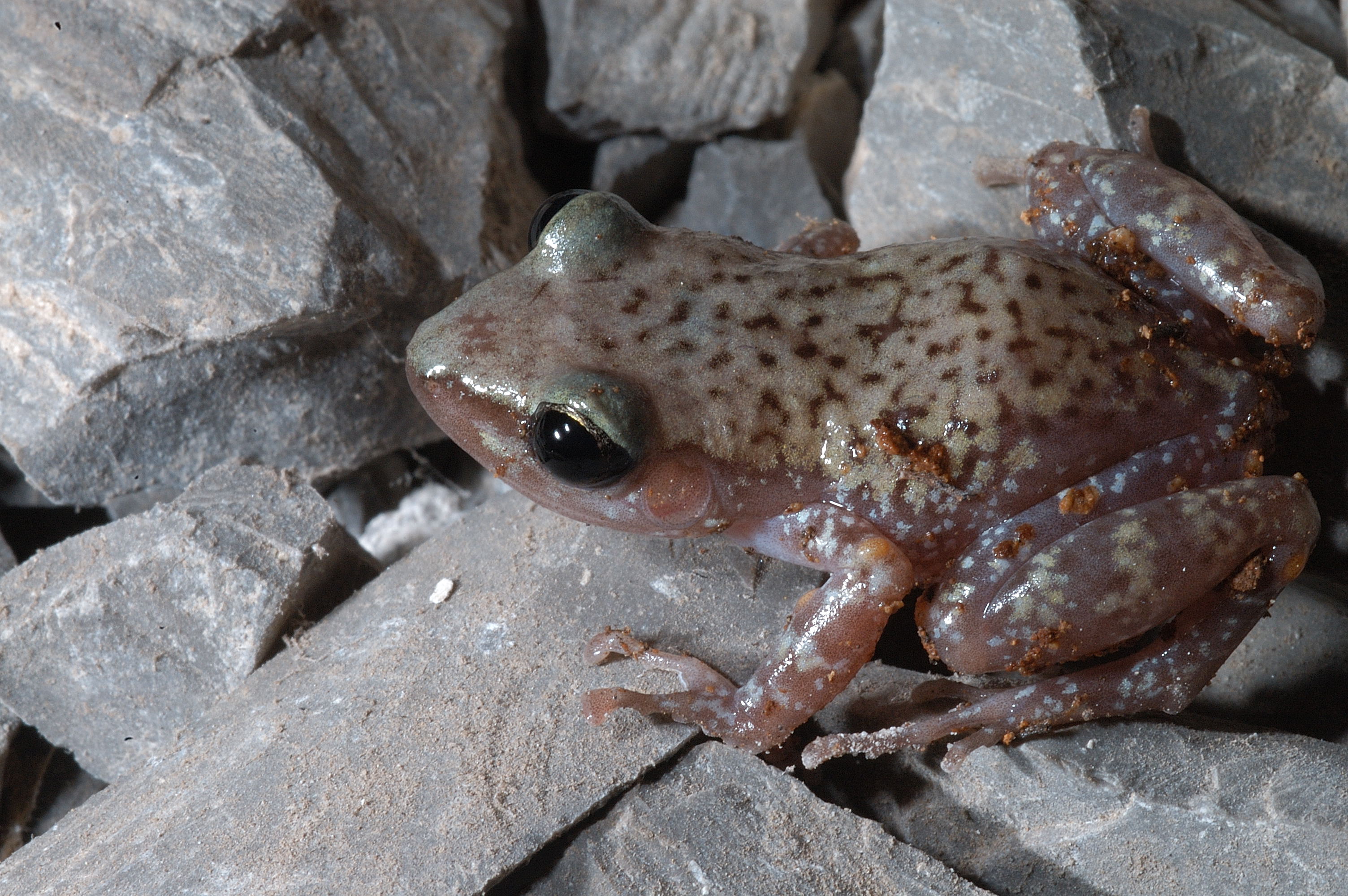 Eleutherodactylus marnockii, the cliff chirping frog, common in Texas caves | Photo: Jim Kennedy |
 skeleton of Tadarida brasiliensis bat: | Photo: Jim Kennedy |
|
Corynorhinus townsendiii, from Fern Cave in Val Verde County | Photo: Jim Kennedy |
scorpion (Pseudouroctonus reddelli) from Stuart Bat Cave | Photo: Allan Cobb |
baby black vultures (Coragyps atratus) on a nest in Crichfield Bat Cave | Photo: Jim Kennedy |
tiger salamander (Ambystoma tigrinum) from Tiger Cave in Culberson County | Photo: Jim Kennedy |
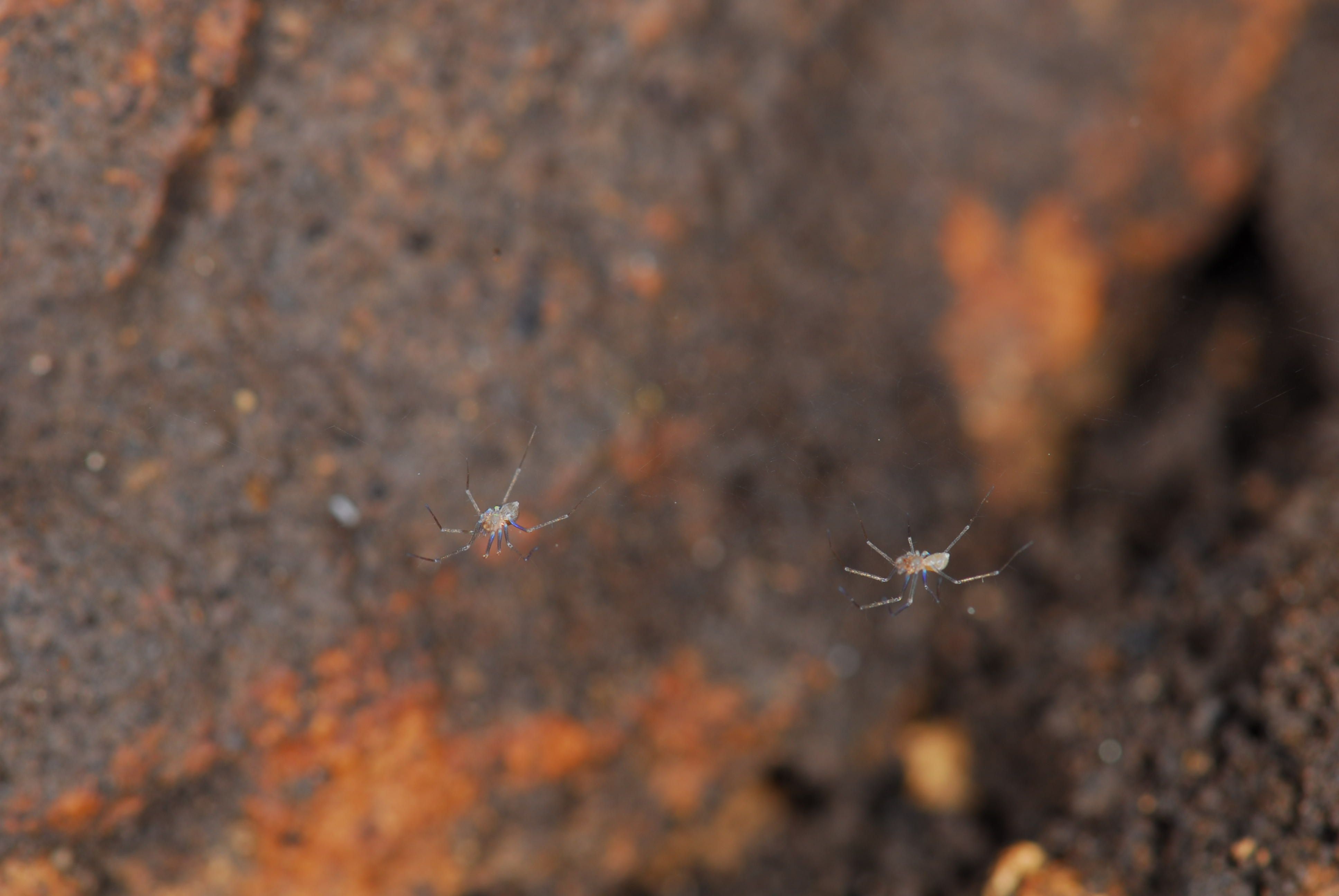 pair of tiny Neoleptoneta sp. spiders from Fawcetts Cave | Photo: Joel Ledford |
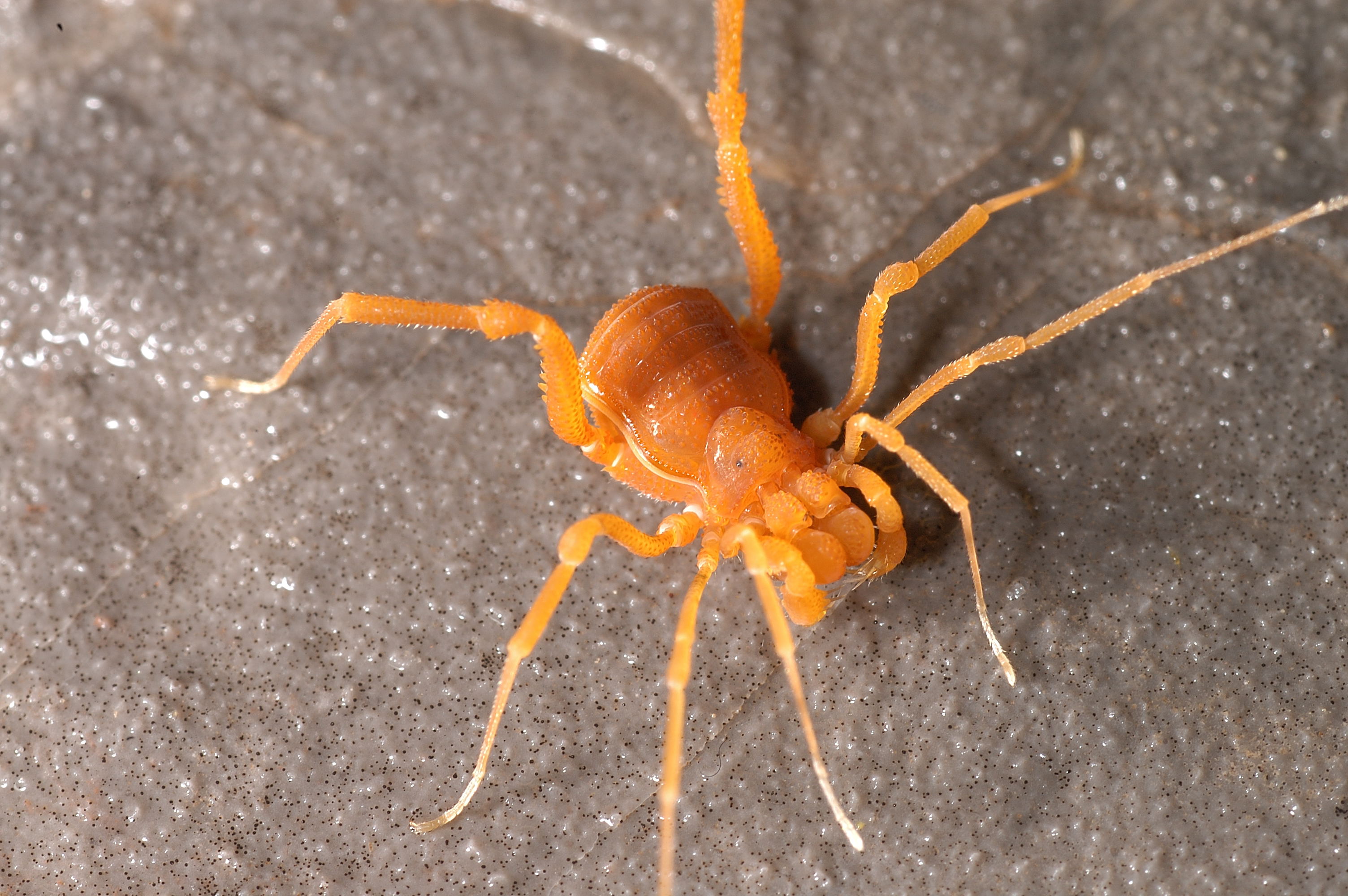 Stygnopsis harvestman | Photo: Jean Krejca |